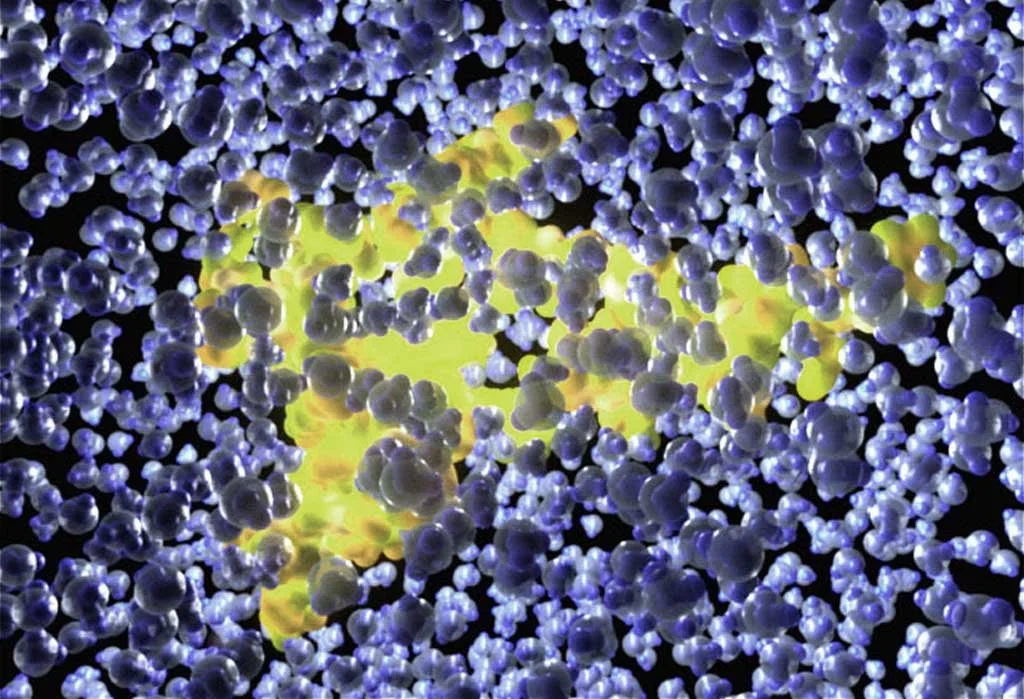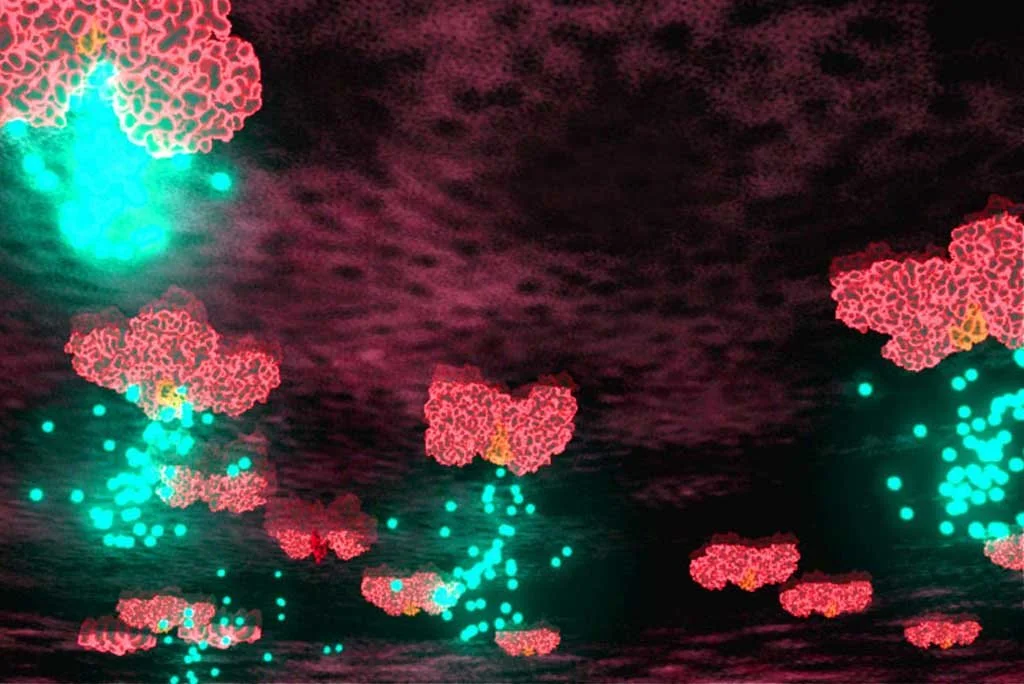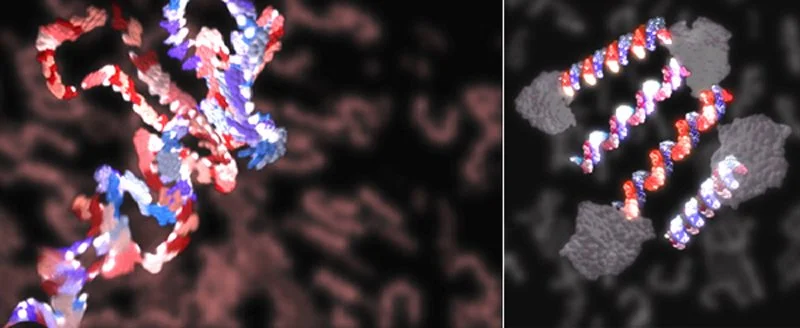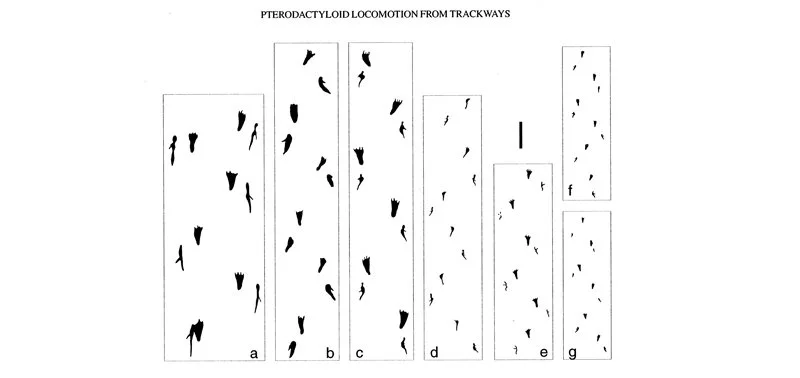
Communicating Science
Projects completed between 2003 and 2007
Games for Therapy
In 2007, I built the 3D scenes and assets, made key frame animations and coded the interaction design for PD Wii (Parkinson's Disease and Wii.) This project led me to explore the intersection of games and biology using the Wii as a platform. These games were designed at Red Hill Studios in conjunction with the Baker Center for Wellness at UCSF to match the physical therapy requirements for the patients. Games and physical measurement devices will eventually have the powerful ability to provide Parkinson's and cerebral palsy patients with data about their muscle activity and overall performance over time. This iteration of the project was fruitful in learning how to engage a generation of non-gamers with a new medium.
Although I was the Lead Designer, I had the help of Sabaa Rehmani with level design, Charlie Brown with programming and Terry Lee with illustrations.
Exploring Time Documentary
I created animations and wrote code to interpret data about the way that science helps people understand natural cycles that are too slow or too fast for the human eye to perceive. These cycles range from the sub-microscopic movements of proteins in our bodies that regulate things like the human heart beat to multi-decadal hurricane patterns or how our Earth’s orbit shifts over centuries.
Below are some stills from animations I created using data generated by scientists collaborating on the show.
"Exploring Time" documentary directed by Robert Hone at Red Hill Studios in Northern California.
I used data from a simulation created by scientists at IBM Jed Pitera and William Swope to create this visualization of a protein in our immune system. The animation demonstrates the way that the protein moves in water.
A still from an animation I made about the ion channels in our heart cells.
A still from an animation about a chemical process called PCR that synthesizes new strands of DNA from old ones.
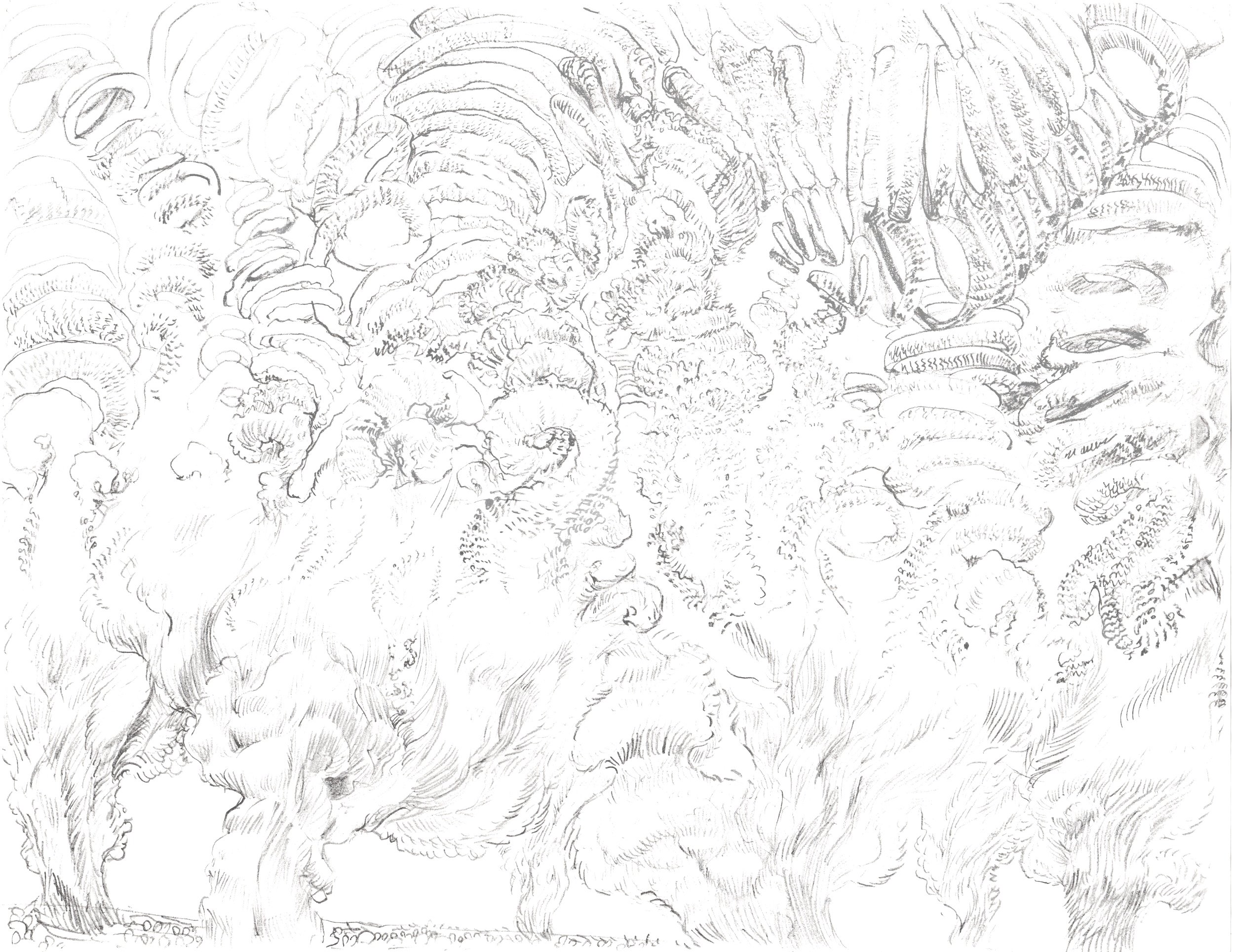
Science Communication at UC Berkeley
In 2003 I received a grant from the Center for Integrated Nanotechnology to help scientists at UC Berkeley communicate their research using animation. Over these years I had the opportunity to collaborate with 11 different scientists working in a wide range of fields, from anthropology to physics. Below are a 2 of the 11 projects I completed.
Paleontology and Animation
The images below come from a project undertaken with paleontologist Kevin Padian. This was a short research project designed to help understand how a pterodactyl walks based on fossilized footprints discovered in France. Professor Padian produced an animation of the pterodactyl’s walk cycle based on average ramphorynchus bone lengths. My role was to model the skeleton in 3D and use the bone geometries to generate a more accurate walk cycle by considering the shape of the shoulder joint and insertion points of the ligaments and muscles.
3D model I created in Maya to test the hypothesis about how the Pterodactyl walked.
The traced fossils from Padian's paper.
3D model with rig walking.
Autocell
I designed the image below for a paper published by MIT Press in 2006, authored by anthropologist Terrence Deacon, entitled "Reciprocal Linkage between Self-organizing Processes is Suffïcient for Self-reproduction and Evolvability." I worked with Professor Deacon, Greg Niemeyer, Brandon Jacobs-Mills and Jason Gatt to visualize a theory about the origin of natural selection on pre-cellular Earth. The basic idea behind the project was that "autocatalysis" is a form of natural selection and probably preceded the earliest cells. This project was a wonderful way to explore how artistic creativity could help formulate a scientific theory about the origins of life.
"Reciprocal Linkage between Self-organizing Processes is Suffïcient for Self-reproduction and Evolvability" published by MIT Press in 2006, authored by anthropologist Terrence Deacon.

